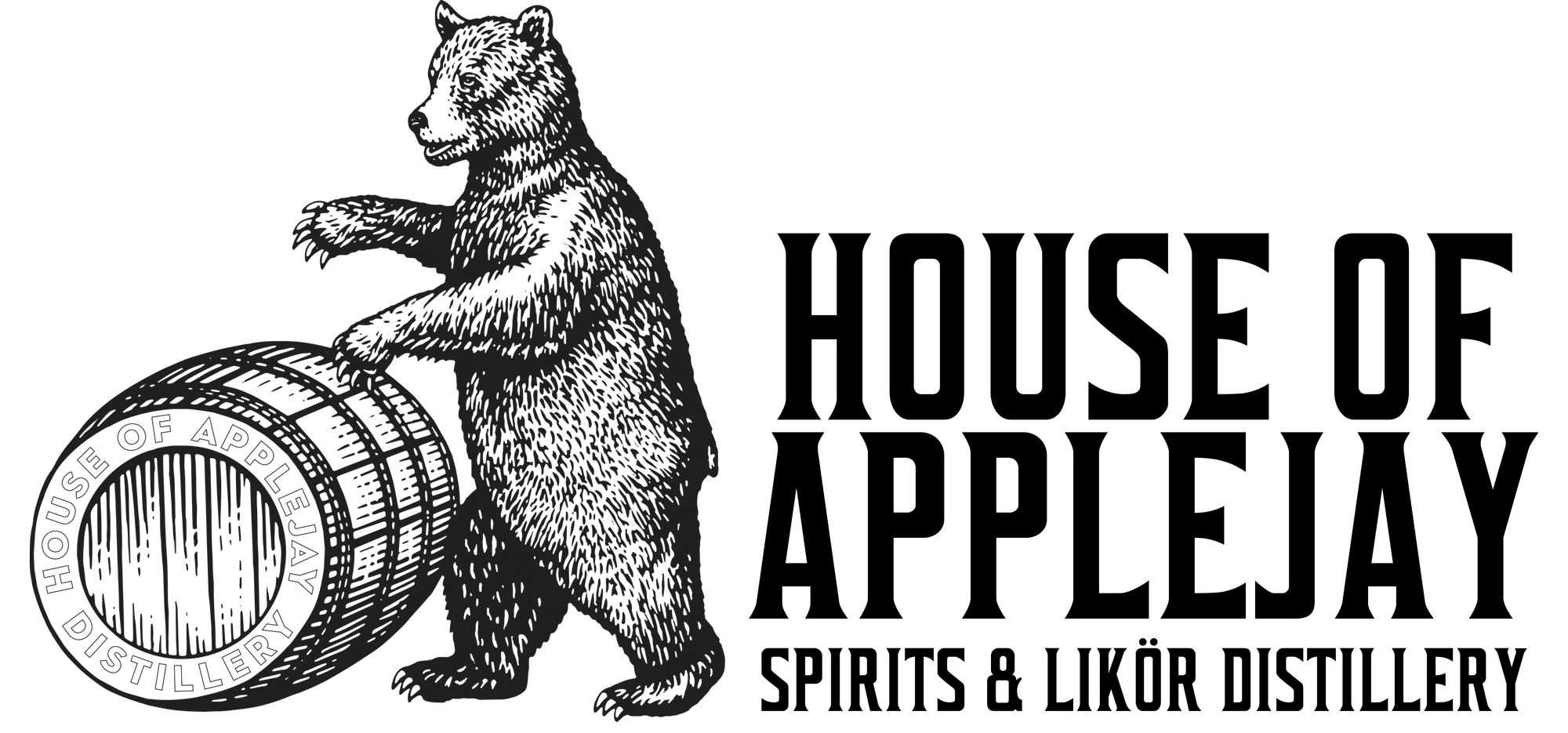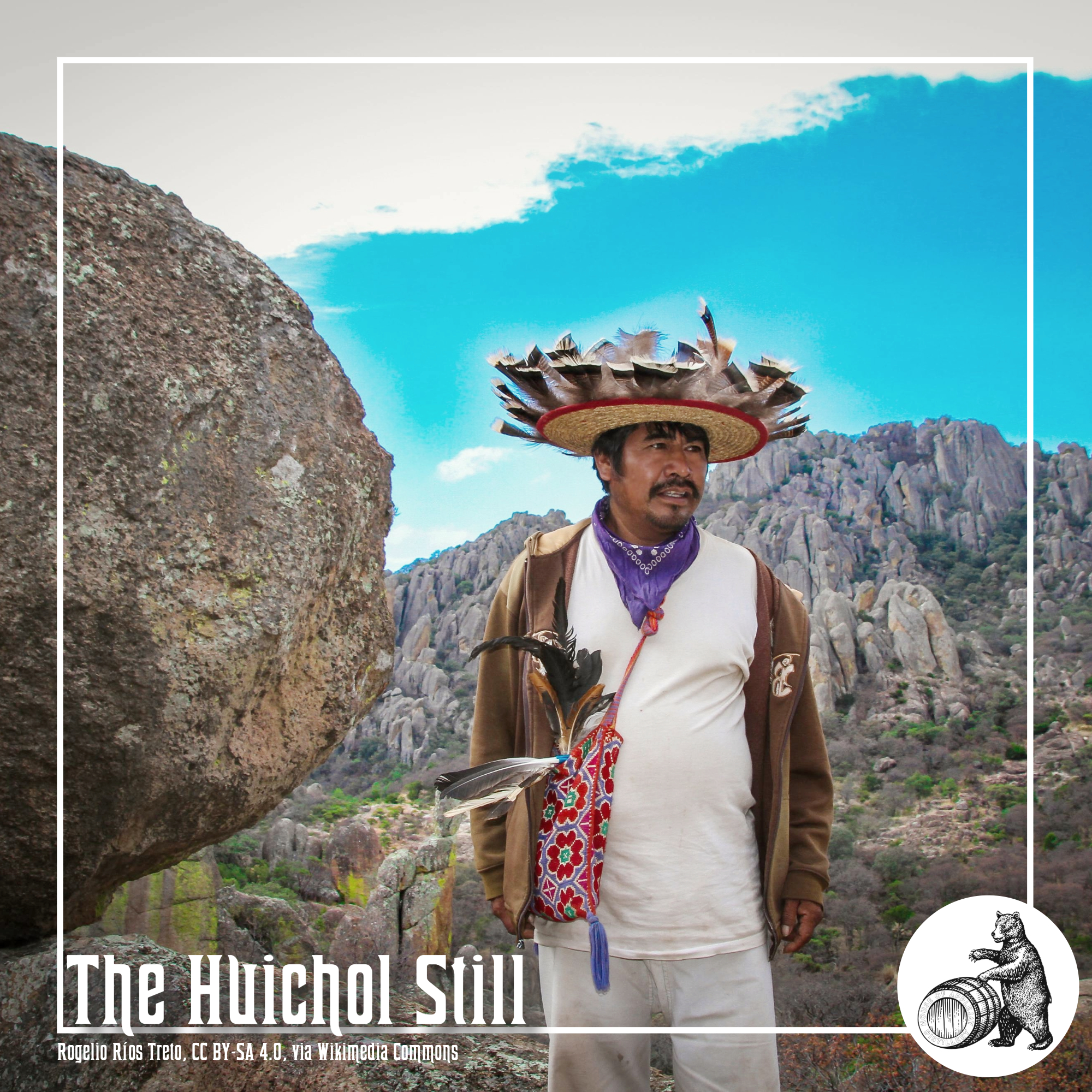The Mystery “Huichol” Stills
Exploring the Distillation Heritage of Pre-Columbian Times
In the heart of west-central Mexico, amidst the Huichol indigenous community, lies an ancient distilling contrivance known as the Huichol still. While its origins have long been shrouded in mystery, recent insights shed light on the intriguing possibility of an Asiatic origin.
Huichol Stills: An Ancient Craft
At the nexus of tradition and craftsmanship, the Huichol stills emerge as a symbol of ancient ingenuity. Characterized by caldera bases and distinctive external shapes, these stills have played a pivotal role in the production of mezcal-tuchi-sotol among the Huichol people. Despite the absence of the Mongolian-type still in present-day Mexico, historical references attest to its existence among the Huichol, adding an extra layer of complexity to the region’s distillation history.
Carl Lumholtz’s Discovery
The Huichol still first captured the attention of Norwegian explorer Carl Lumholtz during his anthropological expeditions in the late 19th century. Lumholtz, renowned for his meticulous observations, noted the distinctiveness of the contrivance used by the Huichol people for distillation. Its design set it apart from other stills, leading Lumholtz to speculate that it could be a pre-Columbian artifact.
The origin of the Huichol still became a subject of scholarly debate. While Lumholtz leaned towards a pre-Columbian origin, other scholars, like Seler, suggested a connection to Spanish-Mexican mestizo culture. The intricate design and functionality of the still hinted at a sophisticated distillation tradition, but the true cultural lineage remained elusive.
A New World Still with Old World Connections
In 1937, Hommel and Montell published descriptions of Mongolian stills, featuring internal receivers and sharing a remarkable resemblance to the Huichol still. This revelation sparked a reevaluation of the Huichol still’s origin, hinting at a transcontinental distillation tradition with links to both Asia and the New World.
The Huichol still’s design, with internal receivers and unique features, bears striking similarities to Mongolian stills documented by Hommel and Montell. This connection challenged the conventional narrative surrounding the contrivance and suggested a cultural exchange that transcended geographical boundaries.
Implications for Distillation History
The discovery of Huichol stills with links to Asia prompts a fresh examination of distillation history in the Americas. The design similarities with Mongolian stills challenge the notion of isolated distillation traditions post-European Conquest. Once considered a relic of pre-Columbian Mexico, the Huichol still now reveals itself as a testament to intricate cultural exchanges. The possibility of Asiatic roots adds depth to the narrative, inviting exploration into the shared heritage of distillation. As we unravel the mysteries of the Huichol still, we bridge continents in our pursuit of understanding the ancient craft, which predates European colonization.
The Distilling Culture
BLOG
Embark on a global journey, and you’ll find that cultures possess tales that harken back to their ancient beginnings of distillation, brewing, and winemaking.
info@houseofapplejay.com
67 Fowler St, Bldg B, East Ellijay, GA 30540

